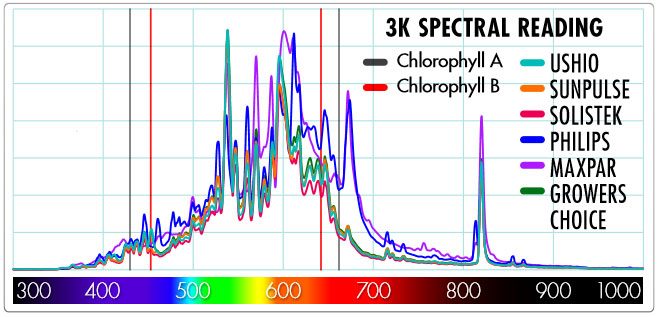He is just questioning the validity of these sources, and that's ok, as the links to the sources in that thread are either broken, or posters were hesitant to upload the files/proofs.
It's always good to questioning ppl which take a corporate interest in these numbers, esp. when numbers dont add up. At 0.96% reflective loss the rays would have to bounce 10-20 times (grossly estimated) between the reflector hood... what kind of a "reflector" is that lol?
Actually ~~90% of rays will only take a single bounce, and then be sent out of the hood.
In another study by Bugbee, the same system came out with +100umols more (in an open measurement) vs -100 umols (in a sphere - where there is no loss...)
I'm not argueing in favour of any of these two systems, but I want objective, corroborated numbers.
The 2100umol mentioned by Gavita is surely a polished number, why should all their measurements come out even in hundreds?
View attachment 4785215
According to this, it's about 6%, which isn't much, and the IR peak is unfortunately too far away to be effective. Maybe it does add a little...? Guess only radiative heat....
View attachment 4785216








